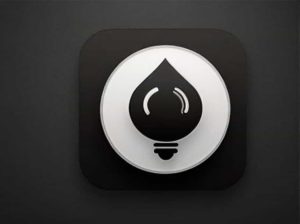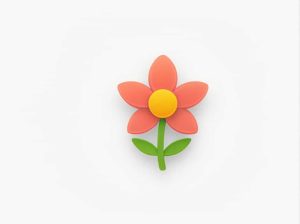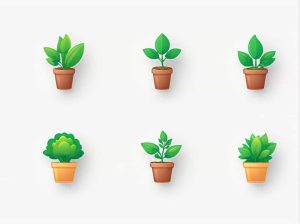Flowers are the reproductive structures of plants playing a crucial role in pollination and seed production. Among the various types of flowers pistillate flowers hold a special place. These flowers are unique because they contain only female reproductive parts making them essential for plant reproduction.
In this topic we will explore the definition characteristics and examples of pistillate flowers. We will also discuss their role in plant reproduction and how they differ from other types of flowers.
What is a Pistillate Flower?
A pistillate flower is a flower that contains only the pistil which is the female reproductive organ of a plant. It lacks stamens meaning it does not produce pollen. Because of this pistillate flowers depend on staminate flowers (male flowers) or external pollinators for fertilization.
Pistillate flowers are commonly found in dioecious plants (species that have separate male and female plants) and monoecious plants (species that have both male and female flowers on the same plant).
Characteristics of Pistillate Flowers
Pistillate flowers have several distinct characteristics that set them apart from other flowers:
1. Presence of Pistil Only
The pistil is the central reproductive structure of a pistillate flower. It consists of:
- Stigma – The top part that captures pollen.
- Style – The tube that connects the stigma to the ovary.
- Ovary – The base where ovules develop into seeds after fertilization.
2. Absence of Stamens
Unlike staminate flowers pistillate flowers do not have stamens which means they cannot produce pollen. They rely on pollen from male flowers for reproduction.
3. Often Larger and More Prominent
Many pistillate flowers are larger or more colorful to attract pollinators. This ensures that pollen from staminate flowers is successfully transferred.
4. Found in Dioecious and Monoecious Plants
- Dioecious plants (e.g. papaya willow) have separate male and female plants.
- Monoecious plants (e.g. corn cucumbers) have both male and female flowers on the same plant.
Difference Between Pistillate and Staminate Flowers
| Feature | Pistillate Flower | Staminate Flower |
|---|---|---|
| Reproductive Organ | Contains pistil only | Contains stamens only |
| Pollen Production | No | Yes |
| Role in Reproduction | Receives pollen and produces seeds | Produces pollen for fertilization |
| Examples | Corn silk cucumber flowers | Corn tassels pumpkin flowers |
Examples of Plants with Pistillate Flowers
Several plants produce pistillate flowers including:
1. Corn (Zea mays)
- Corn plants have both staminate and pistillate flowers.
- The silk of corn is the pistillate part that captures pollen from the tassels.
2. Cucumber (Cucumis sativus)
- Cucumber plants produce separate male and female flowers.
- The female flowers (pistillate) are responsible for fruit development after pollination.
3. Papaya (Carica papaya)
- Papaya is a dioecious plant meaning there are separate male and female plants.
- Only the female plants produce fruit after pollination.
4. Pumpkin (Cucurbita pepo)
- Pumpkin plants have both male and female flowers on the same plant.
- The pistillate flowers develop into pumpkins after successful pollination.
The Role of Pistillate Flowers in Plant Reproduction
Pistillate flowers play a critical role in the reproductive cycle of plants. Their primary function is to receive pollen and facilitate seed development. Here’s how the process works:
1. Pollination
- Pistillate flowers receive pollen from staminate flowers either by wind insects or other pollinators.
2. Fertilization
- Once pollen reaches the stigma it travels down the style to fertilize the ovules in the ovary.
3. Seed and Fruit Formation
- After successful fertilization the ovary develops into a fruit and the ovules become seeds.
Importance of Pistillate Flowers in Agriculture
Pistillate flowers are crucial for crop production and food supply. Farmers and horticulturists take special care to ensure successful pollination to maximize fruit and seed yields.
How Farmers Encourage Pollination
- Introducing Pollinators – Bees and other insects are encouraged to visit crops.
- Hand Pollination – In some crops farmers manually transfer pollen from staminate to pistillate flowers.
- Companion Planting – Growing both male and female plants together to enhance fertilization.
Pistillate flowers are an essential part of plant reproduction. They contain only female reproductive structures and rely on pollen from staminate flowers to produce seeds and fruits. Found in many important crops like corn cucumbers and pumpkins these flowers play a vital role in agriculture and food production.
Understanding pistillate flowers helps farmers and gardeners improve pollination efficiency ensuring healthy plant growth and high crop yields.



